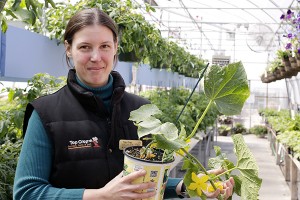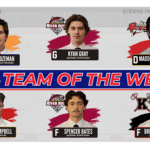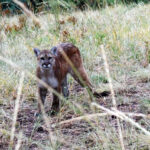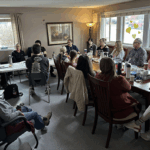Home »

Kootenay peppers possible with right approach
By Kerstin Renner
No matter where I have lived over the years, there was always something growing, from herbs on the windowsill to a container with cocktail tomatoes on the balcony.
As I started to have bigger garden plots available, the selection of homegrown fruit and veggies broadened. There was one plant, however, that I never thought I could grow here. Like other Kootenay gardeners, I believed peppers could really only be grown successfully in California, Mexico or other locations in warmer climates. I am happy to say I was dead wrong. Last fall, I harvested the first bell peppers at my house and this year I’m giving it a shot with several different varieties.
There are some adjustments we have to make in our growing zone. As our season is short, you should either buy already established plants from your local garden centre or start your own from seed, six to eight weeks prior to the last frost. Peppers will not tolerate cold or frost at all. They love the sun and the heat, so wait until our days are quite warm before planting them out. Add compost to your soil before planting peppers and make sure your soil has good drainage.
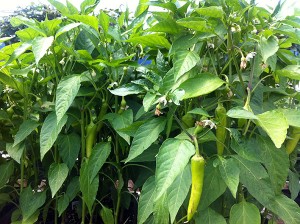
Water them evenly but moderately. They do not require a lot of water, but they definitely do not like to dry out either. Once the peppers set, they will need a little less water than while they were actively growing. Peppers are fairly big feeders, so it is a good idea to frequently apply a water-soluble fertilizer.
If you are growing both bell and hot peppers, you should try to keep them separated in the garden as there is a chance they could cross-pollinate; and it avoids any confusion come harvest time. Bell peppers are ready to harvest when they turn green, but will be sweeter when they are red or orange, depending on the variety. When it comes to hot peppers the red ones are usually hotter than the green ones.
What makes peppers ‘hot’ is a group of chemicals called capsaicinoids. They trigger pain receptors in your mouth and throat and our brain responds to the burning sensation by raising the heart rate and increasing perspiration and a release of endorphins.
Capsaicinoids are not soluble in water, but very soluble in fats, oils and alcohol. So downing a glass of water will not give you relief, but a cold beer, a glass of milk or a bowl of ice cream will.
Peppers are extremely versatile, but with barbecue and picnic season in full swing, one of my favourite pepper recipes is pickled peppers stuffed with a feta cheese mixture. I like using baby sweet peppers or small, mild banana peppers for this recipe, but you can kick up the heat by using small hot peppers such as Jalapeño or Anaheim peppers.
Pickled Stuffed Peppers
Wash and clean 1 kg of small peppers, make sure to cut out all the stems and seeds, but keeping the body of the pepper intact. Place the peppers in a large saucepan and cover with cold water. Add 1 cup sugar and 1 cup white vinegar to the sauce pan and bring to boil. Turn down the heat and let peppers simmer until they are cooked. Put the mixture into the fridge for 48 hours to let the peppers pickle; drain and rinse with cold water.
Mix one brick of cream cheese and 1 pound of feta with a hand blender or in the food processor. Add fresh, chopped herbs to taste. Pipe mixture into the peppers, place finished bites into a sealable jar. Once finished, top the jars with extra virgin olive oil until the peppers are covered. Store in the fridge. You should let peppers (pictured above) sit for about two days before serving.
– Kerstin Renner completed a degree in journalism and communications, before working at the local radio station and most recently as editor of the Kootenay News Advertiser with a stint at the Regional District of East Kootenay thrown in. Now she gets to nurture her green(ing) thumb at Top Crop Garden, Farm & Pet and pass on the knowledge she is soaking up by writing about growing.
